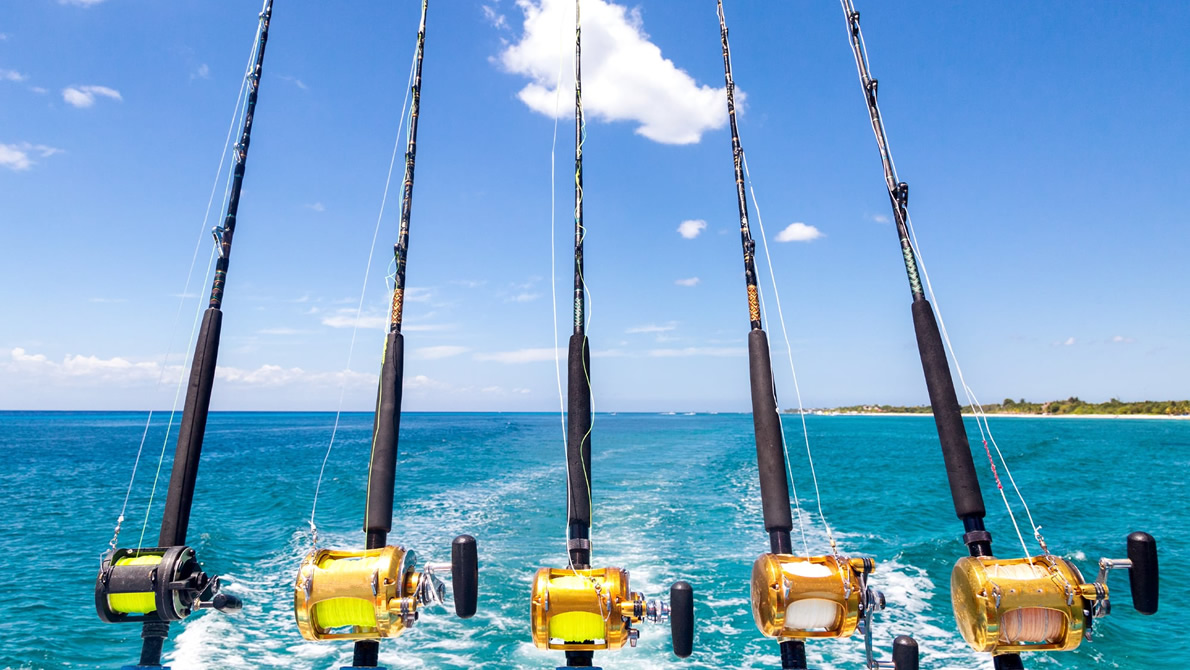Fishing enthusiasts know that maintaining their gear is crucial for success on the water. While rods and reels often get the most attention, fishing lines are equally important and often overlooked. Regularly washing your fishing line is a simple but effective way to extend its lifespan, improve performance, and ensure that you’re ready for any fishing challenge. In this article, we’ll explore when and why you should wash your fishing line to keep it in top shape.
Why Washing Your Fishing Line Matters
Over time, fishing lines can accumulate dirt, salt, algae, and other debris that can weaken the line, reduce casting distance, and increase friction through the guides. This buildup can compromise the line’s integrity and make it more prone to breakage, especially when targeting larger fish or casting long distances.
Saltwater fishing, in particular, exposes your line to corrosive salt and minerals that can cause damage if left untreated. Freshwater anglers are not immune either; silt, mud, and vegetation can also adhere to the line, affecting its performance.
Washing your fishing line helps remove these contaminants, restoring its smoothness and flexibility. This maintenance step is essential for both monofilament and braided lines, as well as fluorocarbon, which can lose its invisibility if not properly cared for.

When to Wash Your Fishing Line
1. After Saltwater Fishing Trips:
Salt is notorious for its corrosive properties. If you’ve been fishing in saltwater, it’s essential to rinse your line immediately after your trip. The longer salt sits on the line, the more damage it can cause. Use fresh water to thoroughly rinse the line and allow it to dry completely before storing it.
2. After Fishing in Dirty or Muddy Waters:
Fishing in murky, muddy, or heavily vegetated waters can lead to a buildup of grime on your line. After these trips, washing your line is crucial to prevent the particles from embedding into the material, which can weaken the line and reduce its effectiveness.
3. After Extended Use:
Even if you’ve been fishing in clear waters, your line can still collect dust, oils, and other environmental contaminants over time. If you’ve used the same line for several trips, it’s a good idea to wash it periodically to maintain its performance.
4. Before Long-Term Storage:
If you plan to store your fishing gear for an extended period, it’s a good practice to wash the line beforehand. This removes any residues that could degrade the line over time, ensuring it’s ready for your next adventure.
How to Wash Your Fishing Line
Washing your fishing line is a straightforward process that can be done in a few simple steps:
- Detach the Line: If possible, remove the line from your reel or spool it onto a separate storage spool. This makes it easier to wash and dry.
- Rinse with Fresh Water: Use a hose or bucket of fresh water to thoroughly rinse the line. Make sure to remove any visible dirt or debris.
- Mild Soap Solution: For a deeper clean, mix a mild soap solution and run the line through it. This helps break down oils and grime. Be sure to rinse the line thoroughly with fresh water afterward to remove any soap residue.
- Drying: Allow the line to dry completely before re-spooling it onto your reel. This prevents mold or mildew from developing, which could further damage the line.
- Inspection: After washing, inspect the line for any signs of wear or damage, such as nicks, fraying, or discoloration. If the line shows significant wear, it may be time to replace it.
Regularly washing your fishing line is a simple yet effective way to prolong its life and maintain its performance. By understanding when and why to wash your line, you can ensure that your tackle is always ready for action, giving you the best chance to land your next big catch. Whether you’re a saltwater angler facing the harshness of the ocean or a freshwater fisherman navigating murky waters, taking care of your line is a step you shouldn’t overlook.
Image: ioutdoor





